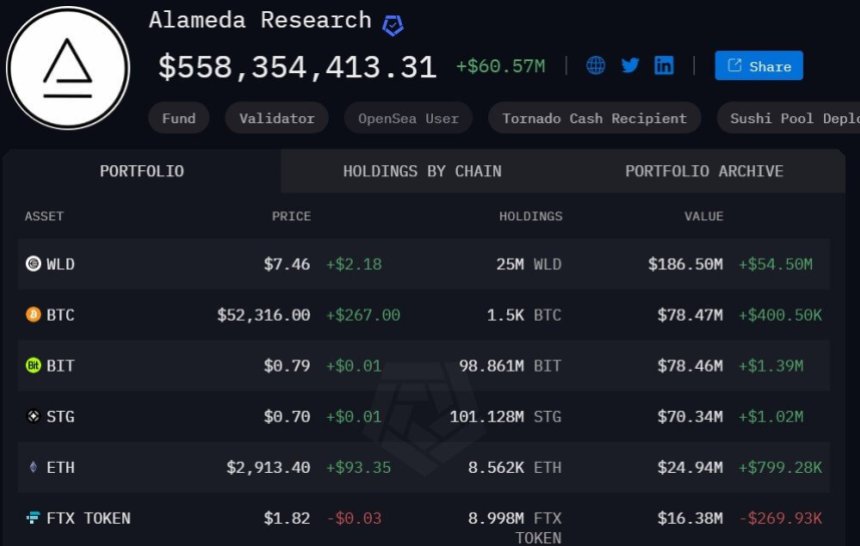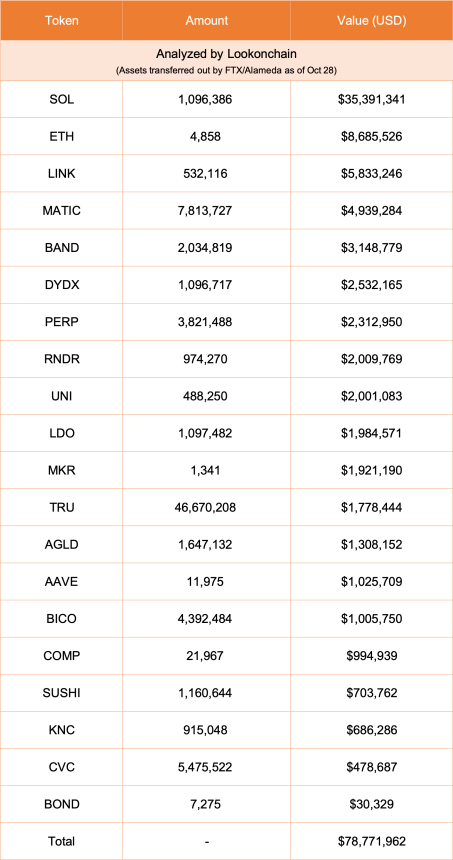In its most recent research newsletter, crypto research firm Kaiko alluded to an ‘Alameda Gap,’ which has been massively impacting the Bitcoin and crypto market for some time now. However, that seems to be in the past, as Kaiko stated that the gap no longer exists.
What The Alameda Gap Is About
According to the report, the ‘Alameda Gap’ is the gap in liquidity that existed after the collapse of the collapse of the defunct crypto exchange FTX and its sister company Alameda Research. Alameda was one of the most prominent market makers then and provided massive liquidity to the market.
Following Alameda’s collapse, this liquidity gap is said to have persisted as market makers “waited on the sidelines for sentiment and trading activity to recover.” Now, the market looks to have moved past this, as Kaiko revealed that, as of last week, the market depth has almost fully recovered and is back to its pre-FTX average.
The research firm added that the Bitcoin 2% market depth is up 40% year-to-date (YTD) and briefly surpassed its pre-FTX average of $470 million. This increase is said to have been mainly due to the surge in Bitcoin’s price, which has risen faster than the market liquidity since the SEC approved the Spot Bitcoin ETFs in January.
Bitcoin is up about 50% YTD and has already hit new highs since the beginning of the year, including a new all-time high (ATH) of $73,750. Meanwhile, the improvement in liquidity is also evident in the fact that the cost of trading has declined on the three major US crypto exchanges: Coinbase, Kraken, and Bitstamp.
How Bitcoin Is Outperforming Gold
Kaiko also highlighted in its report that the Bitcoin-to-Gold ratio, which measures both assets’ relative performance, is inching closer to its ATH, which it last hit in November 2021. Interestingly, this increase means that BTC is outperforming Gold, even though both assets have recorded ATHs these past few weeks.
Furthermore, funds linked to these assets show how Bitcoin has outperformed Gold. Kaiko noted that Bitcoin ETFs have attracted $11 billion since they launched in early January. Meanwhile, the largest physically-backed Gold ETFs (SPDR Gold Shares (GLD) and iShares Gold Trust (IAU) have registered outflows during the same period.
Kaiko suggested that this could mean that investors were moving towards Bitcoin as the “new global store of value.” Interestingly, the CEO of Jan3 and Bitcoiner, Samson Mow, while giving reasons why Bitcoin will hit $1 million, also mentioned that people will start demonetizing Gold and substitute it for BTC at some point.


 (@nansen_ai)
(@nansen_ai) 


